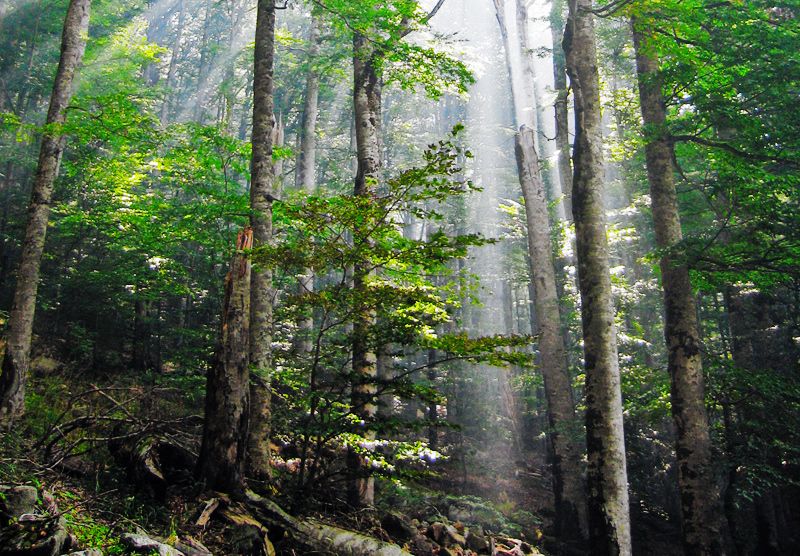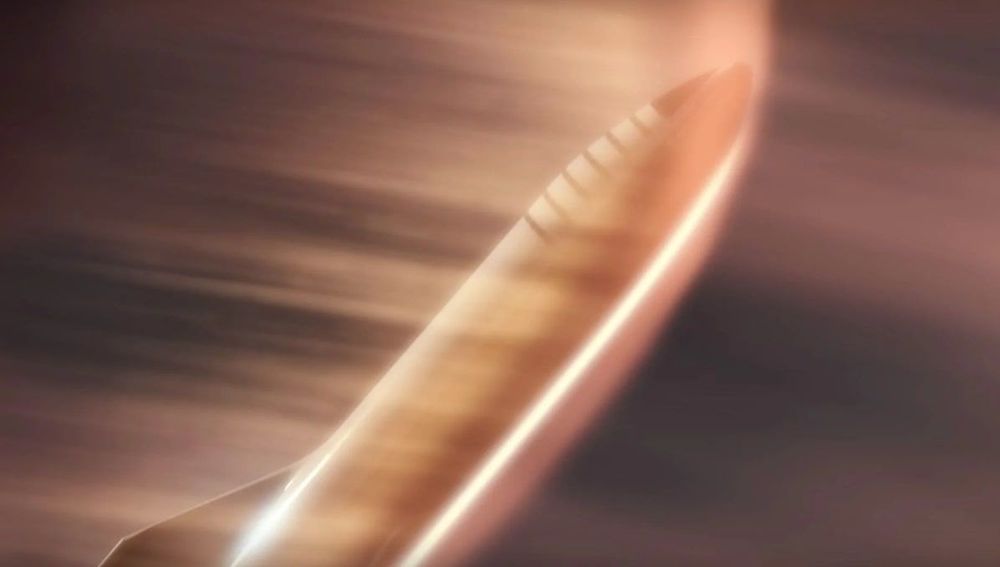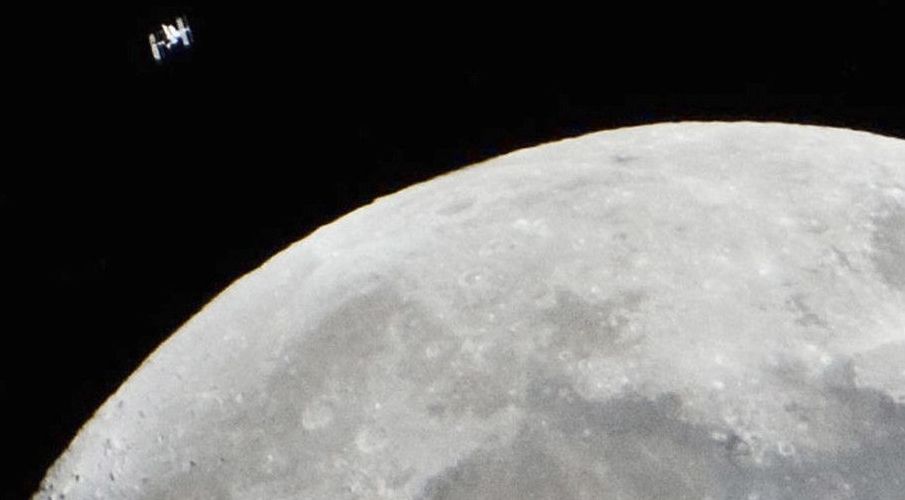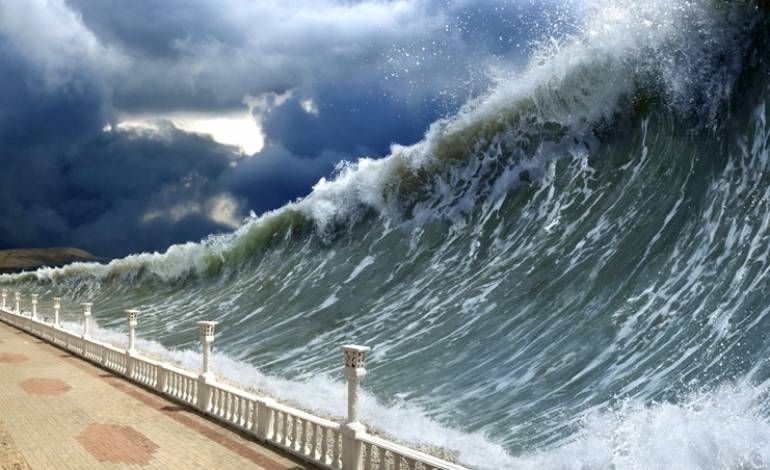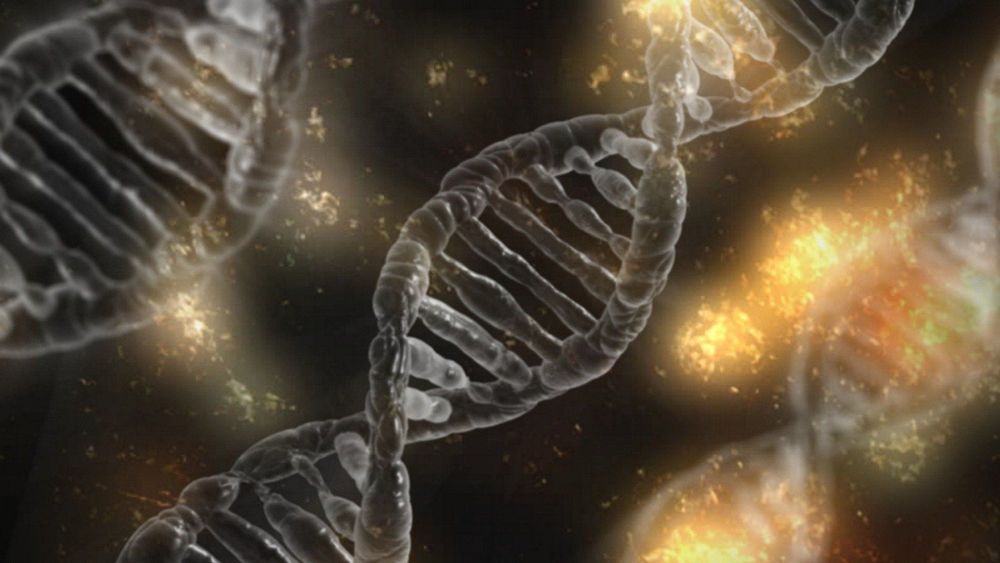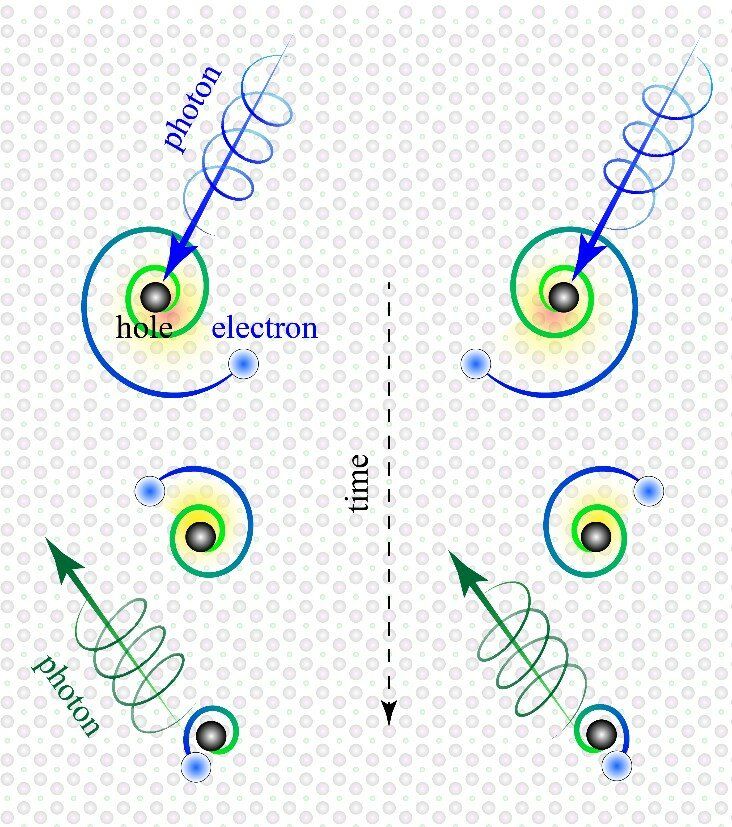Page 8141
Feb 18, 2019
Elon Musk Believes Super Heavy Starship Will Eventually Be Built for Less than Falcon 9
Posted by Quinn Sena in categories: Elon Musk, space travel
Elon Musk believes there is a path for the SpaceX Super Heavy Starship (SHS) to be built for less than a Falcon 9. Currently, a single use SpaceX Falcon 9 can be purchased for about $62 million. The estimates for the cost of the SpaceX Super Heavy Starship (SHS) are about $250 to 400 million.
The current design of the SpaceX SHS has 38 Raptor engines. There are 31 Raptor engines in the Super Heavy booster and seven in the Starship upper stage. There are 9 Merlin engines in the SpaceX Falcon 9.
This will sound implausible, but I think there’s a path to build Starship / Super Heavy for less than Falcon 9
Feb 18, 2019
SpaceX Casting Raptor Engine Parts from Supersteel Alloys
Posted by Quinn Sena in categories: Elon Musk, space travel
SpaceX is developing stronger steel superalloys. SpaceX is making improved versions of Inconel alloys.
SpaceX metallurgy team developed SX500 superalloy for 12000 psi, hot oxygen-rich gas. It was hard. Almost any metal turns into a flare in those conditions.
— Elon Musk (@elonmusk) December 23, 2018
Continue reading “SpaceX Casting Raptor Engine Parts from Supersteel Alloys” »
Feb 18, 2019
Unbelievable VIDEO of International Space Station racing across moon caught by amateur astronomer
Posted by Alberto Lao in category: space
The stars aligned for a London based amateur astronomer, who managed to catch a shot of the International Space Station passing in front of the moon under the perfect conditions, with epic results.
Spotting ISS’s lunar crossings is extremely rare, making the close-up footage of the vessel’s swift passage particularly remarkable. While other amateurs have captured similar crossings, Szabolcs Nagy’s clip is incredibly close and clear, showing the manned satellite streaking through the center of the frame.
Feb 18, 2019
A Tsunami of Fake News is On Its Way and Here is How
Posted by Quinn Sena in categories: Elon Musk, robotics/AI
The Elon Musk funded OpenAI non-profit has created a breakthrough system for writing high-quality text. It can write text, performs basic reading comprehension, machine translation, question answering, and summarization and all without task-specific training.
The system is able to take a few sentences of sample writing and then produce a multi-paragraph article in the style and context of the sample. This capability would let AI’s to impersonate the writing style of any person from previous writing samples.
GPT-2, is a 1.5 billion parameter Transformer that achieves state of the art results on 7 out of 8 tested language modeling datasets in a zero-shot setting, yet still simplifies (or in AI term underfits) their database called WebText. Samples from the model reflect these improvements and contain coherent paragraphs of text. These findings suggest a promising path towards building language processing systems which learn to perform tasks from their naturally occurring demonstrations.
Continue reading “A Tsunami of Fake News is On Its Way and Here is How” »
Feb 18, 2019
Vaccinating Mice May Finally Slow Lyme Disease
Posted by Quinn Sena in categories: biotech/medical, food
Killing ticks and inoculating people has failed, so researchers try immunizing mice via vaccine-laced food.
- By Angus Chen on January 29, 2019
Feb 18, 2019
Lyme Disease Vaccine Candidate Reports Study Data
Posted by Quinn Sena in category: biotech/medical
Valneva SE announced final Phase 1 study data and positive initial booster data for its Lyme Disease vaccine candidate VLA15.
“The positive final Phase 1 data for VLA15 supports and validates our plans to continue developing a safe and effective preventative vaccine that can be delivered to those who are at risk of Lyme disease infection,” said Thomas Lingelbach, CEO of Valneva.
“We look forward to continuing the development process with our recently initiated Phase 2 study. We continue to fully commit ourselves to addressing the significant unmet need for a vaccine against Lyme disease.”
Continue reading “Lyme Disease Vaccine Candidate Reports Study Data” »
Feb 18, 2019
Toxic bacteria found in microplastics on 3 different coastlines around Singapore
Posted by Quinn Sena in category: biotech/medical
The bacteria is believed to be one of the culprits behind coral bleaching and has been known to cause wound infections in people. Learn more about the findings.
Feb 18, 2019
How our plants have turned into thieves to survive
Posted by Quinn Sena in categories: evolution, food, genetics
Scientists have discovered that grasses are able to short cut evolution by taking genes from their neighbours. The findings suggest wild grasses are naturally genetically modifying themselves to gain a competitive advantage.
Understanding how this is happening may also help scientists reduce the risk of genes escaping from GM crops and creating so called super-weeds—which can happen when genes from GM crops transfer into local wild plants, making them herbicide resistant.
Since Darwin, much of the theory of evolution has been based on common descent, where natural selection acts on the genes passed from parent to offspring. However, researchers from the Department of Animal and Plant Sciences at the University of Sheffield have found that grasses are breaking these rules. Lateral gene transfer allows organisms to bypass evolution and skip to the front of the queue by using genes that they acquire from distantly related species.
Feb 18, 2019
Exotic spiraling electrons discovered
Posted by Quinn Sena in categories: particle physics, solar power, space, sustainability
Rutgers and other physicists have discovered an exotic form of electrons that spin like planets and could lead to advances in lighting, solar cells, lasers and electronic displays.
It’s called a “chiral surface exciton,” and it consists of particles and anti-particles bound together and swirling around each other on the surface of solids, according to a study in the Proceedings of the National Academy of Sciences.
Chiral refers to entities, like your right and left hands, that match but are asymmetrical and can’t be superimposed on their mirror image.
